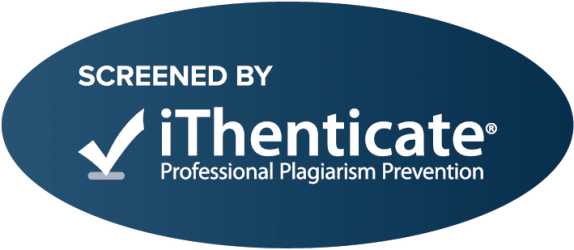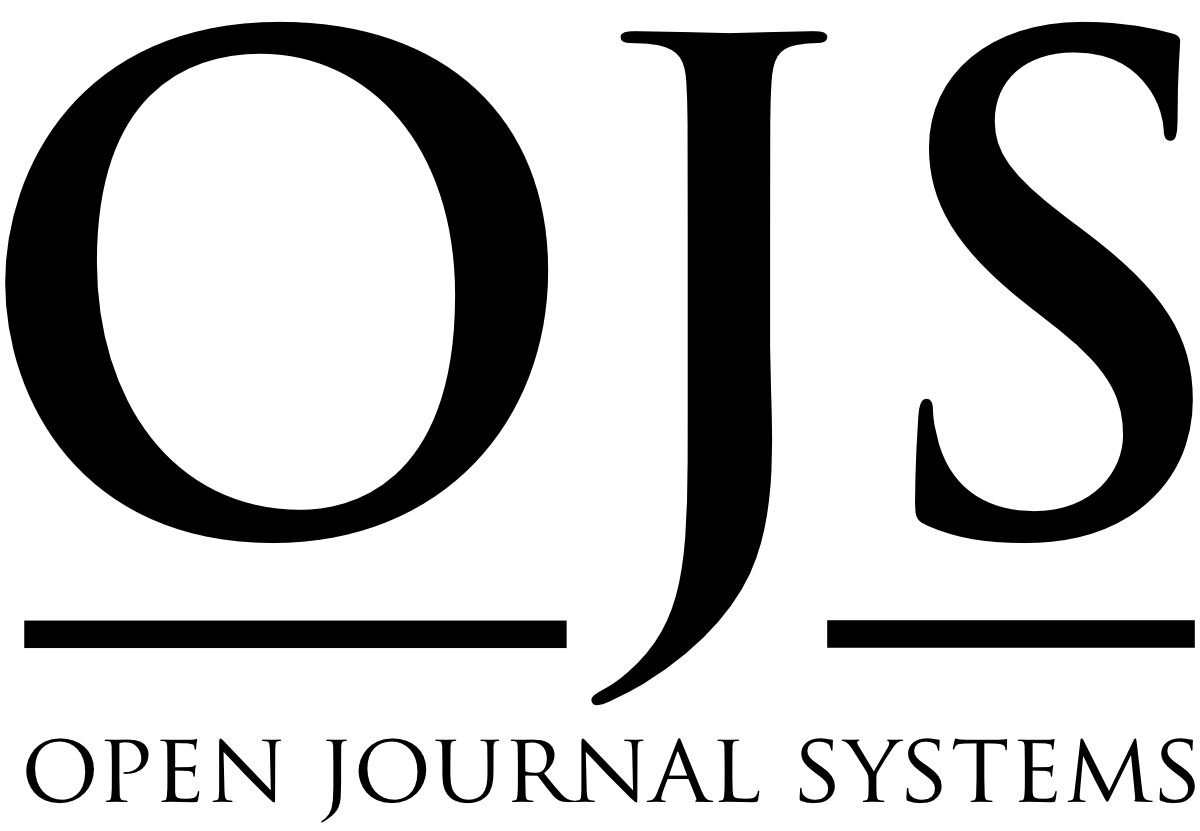The Development of English Language Skills Self-Efficacy Scale for Higher Education Students
Keywords:
Educational sciences, self-efficacy, scale development, language skillsAbstract
The aim of this study is to develop the English language skills self-efficacy belief scale for higher education students. For this purpose, the trial form has got 48 items. In the fall semester of the 2017-2018 academic year, the trial form was applied to a total of 305 university students. Explanatory factor analysis was conducted to prove the construct validity of the developed scale. For the factor analysis of the data, it is shown that the data set is suitable for factor analysis as the KMO value is 0,96 and the Barlett test significance value is 0,000. The communality values to select items, factor loadings and item total correlations were examined in item selection. The scale is formed as four factors; reading, writing, speaking and listening, and a total of 29 items. In order to determine the appropriateness of the scale to the students of the same level, the scale was applied to 301 preparatory students in School of Foreign Languages of a university. As a result of confirmatory factor analysis, the scale of 22 items, the high item total correlations of the items forming the scale factors show the high structural validity of these scale items. In the confirmation study, the Cronbach Alpha internal consistency coefficients of the scales were 0,82 to 0,91. These values show that the scale provides reliable results, in other words, the scale correctly measures the students’ self-efficacy beliefs in 4 basic language skills.Downloads
References
Aliş, E. (2008). Yıldız Teknik Üniversitesi Yabancı Diller Yüksek Okulu Temel İngilizceBölümü Öğretim Elemanlarının Mesleki Deneyimlerinin Ve İngilizce Öz Yeterlik İnançlarının İletişimsel Dil Öğretimine Karsı Tutumlarına Etkisi. İstanbul; Yıldız Teknik Üniversitesi, Sosyal Bilimler Enstitüsü, Eğitim ları ve Öğretim Programları, Yüksek Lisans Tezi.
Bandura, A. (1986). Social foundations of thought and action: A social cognitive theory.Englewood Cliffs, NJ: Prentice- Hall, Inc.
Bandura, A. (1995). Self-efficacy in Changing Societies. New York: Cambridge UniversityPress.
Bandura. A. (1997). Self-efficacy: The exercise of control. New York: W. H. FreemanCompany.
Bong, M., & Clark, R. (1999). Comparison between self-concept and self-efficacy in academic motivation research. Educational Psychologist, 34, 139-153.
Büyüköztürk, Ş. (2017). Sosyal bilimler için veri analizi el kitabı (23. baskı). Ankara: PegemAkademi.
Byrne, Barbara M. (2010). Structural Equation Modeling with AMOS: Basic Concepts,Applications, and Programming. New York, NY: Routledge.
Chomsky, N. (1957/2002). Syntactic Structures, The Hague: Mouton de Gruyter.
Dewey J. (1939). Experience, Knowledge and Value: A Rejoinder”, in The Philosophy of John Dewey, ed. by Schlipp P.A., La Salle: Northern University an Southern IllinoisUniversity Press, 517-608.
Edge, J., & Garton, S. (2013). From Experience to Knowledge in ELT-Oxford Handbooks forLanguage Teachers. Oxford university press.
Eggen, P. & Kauchak, D (1999). Educational Psychology, Fourth Ed. New Jersey: PrinticeHall, Inc.
Ersoz, A. (2000). Six games for the EFL/ESL classroom. The Internet TESL Journal, 6(6), 1.
Hadfield, J. & Hadfield, C. (2012). Introduction to Teaching English. Oxford UniversityPress. First Published in 2008.
Harmer, J. (2015). The practice of English language teaching. Fifth Edition. Pearson Education Limited.
Hedge, T. (2011). Teaching and learning in the language classroom (Vol. 106). Oxford,, UK:Oxford University Press.
Hooper, Daire, Coughlan, Joseph, ve Mullen, Micheal (2008). Structural Equation Modelling:Guidelines For Determining Model Fit. Electronic Journal of Business Research Methods, 6(1), 53-60.
Hu, Lie T., ve Bentler, Peter M. (1999). Cut-Off Criteria for Fit Indexes in Covariance Structure Analysis: Conventional Criteria Versus New Alternatives. Structural Equation Modeling, 6, 1-55.
Johnson, K. (1996). Language Teaching and Skill Learning. Oxford: Blackwell.
Kolaç, E. (2008). Yabancı Diller Ve Türk Dili Ve Edebiyatı Bölümü Son Sınıf ÖğrencilerininYabancı Dil Öğretimi ve Yabancı Dille Öğretim Konusundaki Yönelim Ve Görüşleri. Journal of International Social Research, 1(4), 1.
Krashen, S. (1982). Principles and Practice in Second Language Acquisition, Oxford:Pergamon.Availablefrom:www.sdkrashen.com/Principles_and_Practice/Princi ples_and_Practice.pdf
Kruger J, & Dunning D (1999). Unskilled and unaware of it: how difficulties in recognizingone’s own incompetence lead to inflated self-assessments. Journal of personality and social psychology, 77 (6), 1121-34 PMID: 10626367
Lightbown, P., & Spada, N. (2006). How Languages are Learned (4e). Oxford Handbooks for Language Teachers.
Lindsay, C., & Knight, P. (2006). Learning and teaching English: A course for teachers. Oxford University Press.
Linse, C. T. (2005). Practical English Language Teaching Young Learners. McGraw-Hill, New York.
Oral, Y. (2011). Türkiye’de Yabancı Dil Eğitimi Politikaları Bağlamında İngilizce:‘Eleştirel Bir Çalışma.
Ormrod, J. E. (2006). Educational Psychology. (5th Ed.) Pearson Prentice Hall: New Jersey.Rodgers, T. S., & Richards, J. C. (2012). Approaches and methods in language teaching. Second Edition. Cambridge University Press.
Scrivener, J. (2010). Learning Teaching The Essential Guide To English Language Teaching.Third Edition. Macmillan.
Schermelleh-Engel, Karin, Moosbrugger, Helfried, & Müller, Hans (2003). Evaluating the Fit of Structural Equation Models: Tests of Significance and Descriptive Goodness- Of-Fit Measures. Methods of Psychological Research Online, 8(2), 23-74.
Schumacker, Randall E., & Lomax, Richard G. (2004). A Beginner's Guide to StructuralEquation Modeling, Lawrence Erlbaum Associates, Mahwah, New Jersey.
Skinner, B. F. (1957). Verbal Behavior, New York: Appleton-Century-Crofts.
TDK (2018). Güncel Türkçe Sözlüğü, Erişim tarihi:22.05.2018. Downloaded from: http://www.tdk.gov.tr/index.php?option=com_gts&arama=gts&guid=TDK.GTS.5b01 0548cb098.42919735
Thornbury, S. (2005). How to teach speaking. Longman.
Ur, P. (2012). A Course İn English Language Teaching. Cambridge University Press.
Wikipedia. (2018). Language Acqusition. Downloaded from https://tr.wikipedia.org/wiki/Language acqusition.
Additional Files
Published
How to Cite
Issue
Section
License

This work is licensed under a Creative Commons Attribution-NonCommercial-NoDerivatives 4.0 International License.










